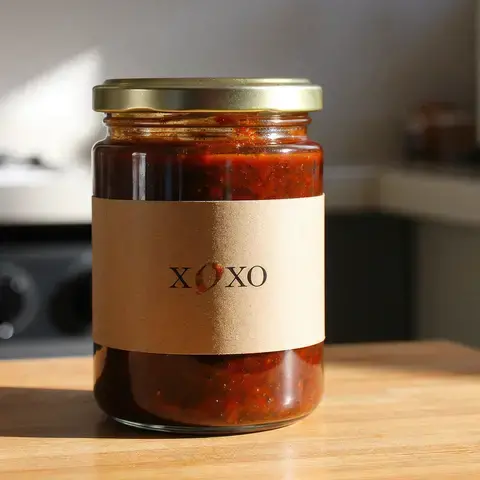Learn how to preserve fresh seafood with tips and a recipe from chef Jason Peabody of Oloroso, Philadelphia.
Though the title of this article may seem like an oxymoron, seafood can be easily preserved in-house, whether it’s in a restaurant or in a home kitchen. In an age where tinned fish and canned conservas are all the rage, perhaps the best-preserved seafood can be accomplished by one’s own hands and need not be purchased by the tin.
At Oloroso, a Spanish tapas restaurant and sherry bar, where Executive Chef Jason Peabody has presided over the kitchen for the past six years, you’ll find some of Philadelphia’s most extraordinary seafood dishes. There, the inherent flavors of clams, mussels, and oysters are deepened and enhanced by languishing in infused oil. Peabody’s methods arose from a need to preserve fresh shucked oysters, leftover from service at the end of the week, but they’ve evolved to encompass a larger seafood program. Peabody acknowledges the thread that links this need to the origins of canning fish during the Napoleonic Wars. He and Nicolas Appert, the “father of canning,” were both faced with the same challenge: preserving large amounts of food. At Oloroso, Peabody’s seafood never makes it into a can, but rather, onto the plate, graced with preserved lemon, fresh herbs, and a crusty, rustic piece of bread.
“Similar to how conservas were born out of necessity, we utilize our conservas as a way to maintain zero waste and present savory and delicate fish to our guests,” says Peabody. “The longer the fish sits in the infused oil, the more interesting and flavorful the conserva becomes.”

















